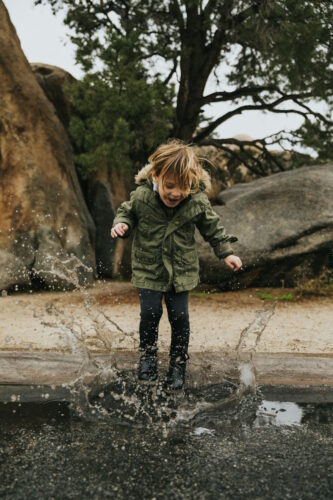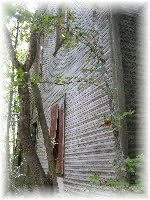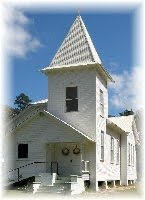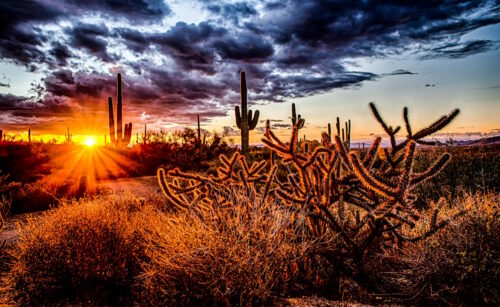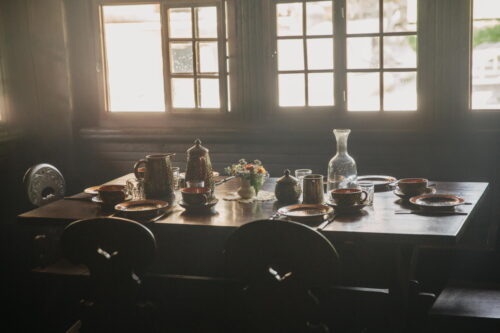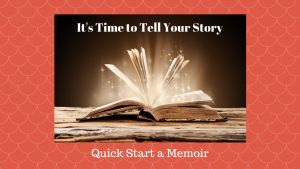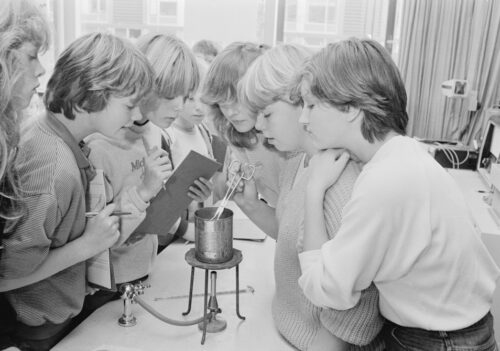
Ever embarked on a journey through your past, pen in hand, ready to etch your life’s story onto the pages of a memoir? It’s an adventure that unveils lessons as timeless as the memories we cherish.
Writing a memoir is so much more than the dry act of recording events from the past; it’s a deeply reflective and transformative journey. Remember how much more fun it was in school to learn history through stories and actual accounts, instead of a sterile list of dates and one-line summaries? Here are a few invaluable lessons I’ve gathered from helping others write their memoirs, hoping they inspire you to start yours:
1. The Power of Reflection
One of the first lessons I learned was the incredible power of reflection. During oral history interviews or while reviewing clients’ manuscripts is like doing a deep dive into their past.
As we revisit their experiences through the lens of their current perspective, we begin to understand their life’s trajectory in new ways.
This process of reflection helps us see the growth that occurred from challenges and the joy found in life’s simple moments.
2. Memory’s Fluidity
I’ve also been struck by the fluidity of memory. Our memories are not static; they evolve with time. Again, courtesy of that lens of current perspective. As we work together on a personal narrative, writers begin to see their past as not just a series of fixed points but a continuum that shapes and is shaped by their present.
Our ideas about past events can also be influenced by our current understanding and emotional state.
For example, I’ve watched writers experience an epiphany when viewing a parent’s life from the bird’s eye vantage point. Oh, so that’s why…This often leads to greater compassion and understanding.
3. The Art of Storytelling
Writing a memoir underscores the importance of storytelling. We work to weave experiences into a narrative that resonates deeply with both the writer and readers. Memoir writers look for the thread that connects disparate events and helps both themselves and others understand their life as a coherent story. This process highlights the significance of perspective and the choices we make in telling our stories.
If we can do this in a way that tugs at the heart, makes readers think, laugh, cry, and perhaps think Me too we’re honoring our story.
4. Healing Through Writing
The act of writing can be unexpectedly healing. It provides a space to process experiences, some of which were painful or difficult to understand at the time they occurred.
Sometimes, writers make an intentional choice to reframe a difficult experience.
Writing these memories, wherever they land on the emotion wheel, allows us to approach them with compassion and insight, facilitating a sense of closure and peace.
5. Legacy and Connection
Finally, I learned about the importance of legacy and connection. Memoir writing is not just for us; it’s a way to share our journey with others. It creates a bridge between generations, offering insights and understanding. This realization underscored the importance of preserving personal histories, not just as records of individual lives but as part of the collective human experience.
Humans throughout history have passed along their hard-won wisdom and knowledge through relating their experiences. I’m profoundly grateful for this and want to continue this life-giving tradition.
The journey of writing our memoirs is one of the most rewarding experiences of our lives.
It teaches us about the complexity of memory, the healing power of writing, and the importance of sharing our stories.
These lessons have not only enriched my understanding of my own life but have also deepened my appreciation for the stories of others. Through this process, I’ve realized that memoir writing is not just a personal endeavor but a valuable contribution to the colorful tapestry of human history.
Isn’t it time you experienced the magic of personal storytelling? Get started today with a handy no-fluff guide that will help you begin your memoir writing journey. Tell Your Life Story: 10 Tips and Techniques to Write Your Memoir is available on Amazon in either print or eBook.
(Photo courtesy Nationaal Archief on Unsplash)
